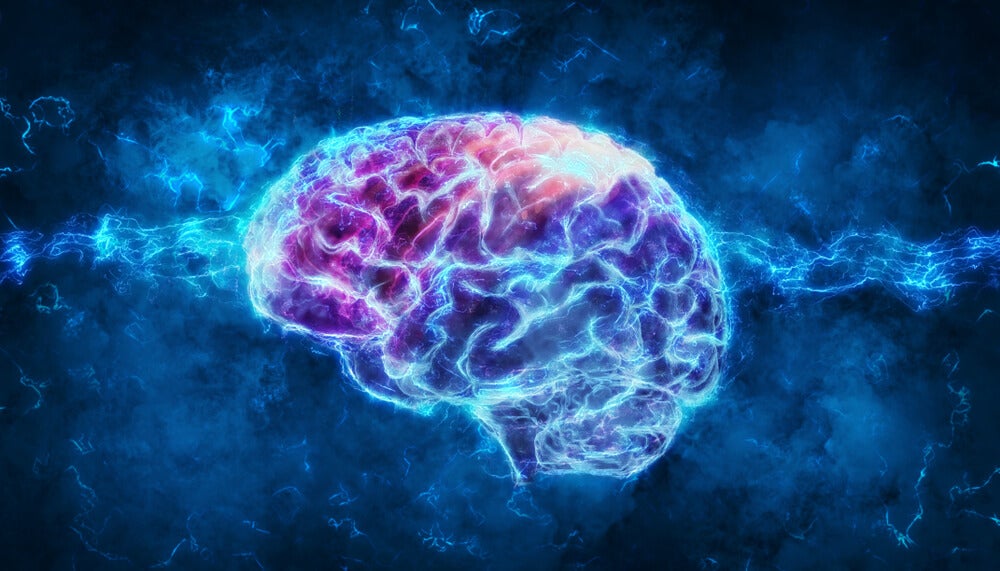A team of neurologists from Charité-University Hospital in Berlin( Germany) and the University of Cincinnati (USA)U. S. ) It achieved one of the biggest advances of the year in terms of neurology: the brain, just before it died, generates an electrical wave activity, a phenomenon called “brain tsunami”. Once the storm passes, death is irreversible.
However, this pioneering study entitled “Depolarization of terminal diffusion and electrical silence in the death of the human cerebral cortex”, published in the journal Annals of Neurology, represents a double discovery.
- On the one hand.
- Consciousness can remain active a few minutes after the rest of the body ceases to be active.
- On the other hand.
- This delay increases the chances that during those few minutes of “inactive conscious active body” the brain death process can be reversed.
The team of German and American neurologists sampled nine patients from Germany (Berlin) and the United States (Cincinnati and Ohio), all with irreversible brain damage from traffic accidents, strokes or cardiac arrest.
For this reason, doctors and researchers were ordered not to resuscitate them, so they had to ask for the consent of the relatives of these patients so as not to resuscitate them if necessary.
To study the electrical activity of this organ, electrodes were placed on the surface of the brain, with the main objective of knowing the mechanisms involved in this brain death, in addition to the neurological events that occurred at the time.
And they did it! They directly observed the so-called “brain tsunami,” a wave of electric shocks that runs throughout the cerebral cortex and causes irreparable damage. This moment is the beginning of the end of brain cells. This is the moment when they disconnect, marking their irreversible death.
This brain tsunami occurs up to 5 minutes after the heart has stopped beating, without a heart rate, neurons can continue to function, so after a circulatory stop there is a gradual loss of the electrochemical potential of neurons, a phenomenon known as neurological depolarization. .
For what? Because neurons need oxygen to function properly, when they stop receiving this fuel, as a result of a decrease in brain circulation, they feed on energy reserves, they stay alive for a few minutes before stopping altogether.
“Once traffic is stopped, the expansion of depolarization marks the loss of electrochemical energy stored in neurons and the emergence of toxic processes that eventually lead to death. “Jens Dreier-
Gradually decreasing potential triggers a number of toxic processes that eventually cause necrosis and subsequent cell death. However, as the lead author of the study, Dr. Jens Dreier, says, when blood flow is restored, this process can be reversed.
Therefore, experts conclude that there is a similarity between brain death in animals and humans, and argue that there is a period in which restoration of brain function is hypothetically possible.
The brain remains one of the least known human organs, so, in parallel with the great advances that have occurred in recent decades, thanks mainly to neuroimaging techniques, this discovery could “lead to an improvement in the future of diagnosis and treatment procedures”, according to the research manager himself.
Brain death is “the irreversible disruption of all brain functions,” according to the University of Miami’s health system in the United States. However, today’s scientists are not sure what the diagnostic method is. In addition, the exact moment when consciousness is lost is unknown.
In this sense, this survey also represents a step forward in the development of strategies against cardiac arrest and stroke. The results of this pioneering research provide impressive data on the neurobiology of death and are very encouraging. Is it possible to save a person who has had a heart attack? arrest for brain death?

